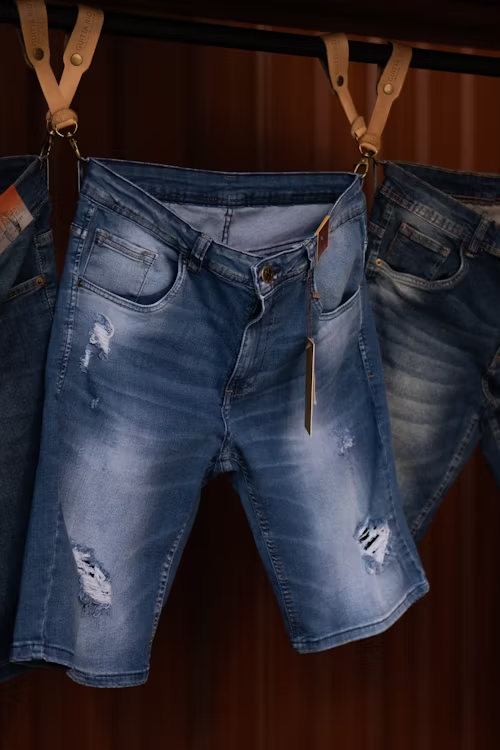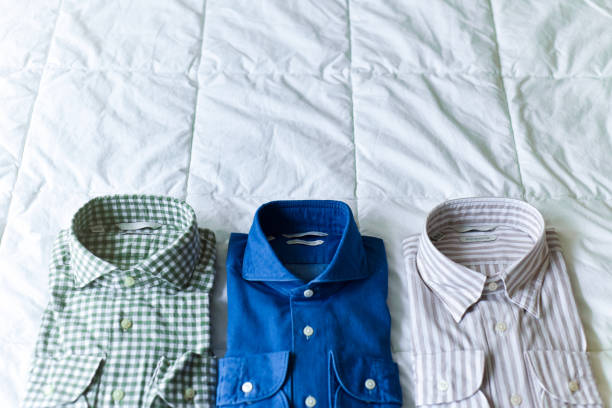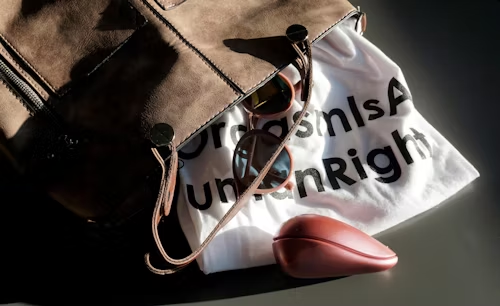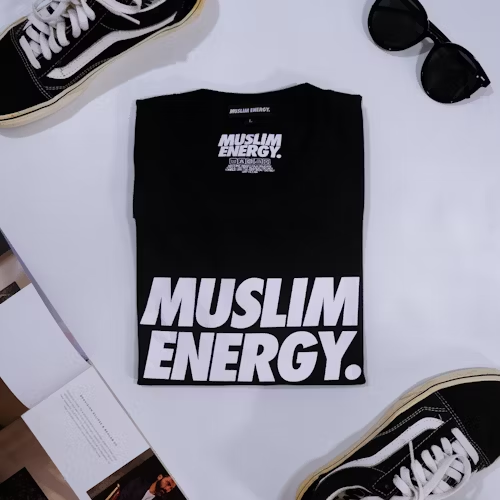Silk, as a precious category in textile fabrics, have always been favored by global consumers and designers for their unique luster, soft texture, and noble temperament. This article will comprehensively interpret the charm and future of Silk from their definition, types, advantages and disadvantages, care methods, to their application in the fashion industry and environmental trends.
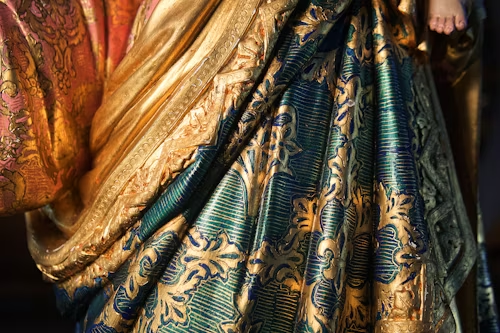
What is Silk?
Silk is a fabric made from silk fibers, distinguished by its unique luster and smooth texture resulting from the natural fiber’s special structure. Silk originated in China and have a history of thousands of years. According to archaeological discoveries, as early as the late Neolithic period, China began to raise silkworms and produce silk, and Silk have since entered the world, becoming one of the symbols of Eastern culture.
The birth of Silk not only drove the prosperity of ancient Silk Road trade, but also influenced the clothing culture of the East and the West. To this day, silk fabrics still represent elegance, luxury, and comfort, widely used in high-end clothing, home textiles, and luxury goods.
Types of silk fabrics
Silk fabrics are mainly divided into the following categories based on the variety and production process of silkworms:
silk
Mulberry silk is the most common raw material for silk fabrics, originating from silkworms that feed on mulberry leaves. Its fibers are long and uniform, the finished silk material is delicate, the hand feel is soft, and the luster is natural and warm, making it a representative of high-quality silk.
Wild silk
Wild silk comes from wild silkworms in the natural environment, such as oak silkworms, jujube silkworms, etc. This type of silk fiber is shorter and rougher, and the woven fabric appears more rustic and durable, with a unique texture.
Special silk species
Like oak silk and wax silk, these silk types are often used to make specialty clothing and handicrafts. Because of their fiber characteristics, they often display natural patterns and textures.
Advantages and disadvantages of silk fabrics
Silk fabrics, thanks to their natural fiber properties, offer clear advantages but also pose certain challenges in use and care.
advantage
- Glossy and Soft: Silk fabric has a natural luster, shining with delicate radiance under light, with a smooth touch and comfortable wearing.
- Good breathability: The silk fiber structure has good breathability and moisture absorption properties, which helps regulate body temperature and is suitable for wearing throughout the year.
- Strong moisture absorption: Silk fibers can absorb about 30% of their own weight of moisture, keeping the skin dry and reducing bacterial growth.
disadvantage
- Wrinkle prone: Silk fabrics are prone to wrinkles, so extra care should be taken when wearing and cleaning.
- Afraid of sun exposure: Long term exposure to sunlight can cause silk fabrics to discolor and become brittle.
- Difficulty in care: Improper washing can easily lead to shrinkage, deformation, or discoloration, requiring special maintenance methods.
Cleaning and maintenance techniques for silk fabrics
Proper care is the key to maintaining the beauty and prolonging the lifespan of silk fabrics.
Daily nursing advice
Avoid frequent cleaning, keep dry and ventilated, and avoid long-term folding and storage to prevent creases and mold spots.
WASHING METHOD
Hand washing is recommended, using warm water and neutral detergent, gently rubbing and washing, and avoiding excessive rubbing or bleaching agents. When machine washing, it should be placed in a laundry bag and choose silk specific or gentle mode.
Drying and Ironing
Silk fabrics should be naturally dried and avoid direct sunlight exposure. When ironing, adjust to low temperature and cover with a clean cloth to prevent burning the fibers.
The application of silk fabrics in the fashion industry
The noble texture of silk fabric makes it a darling of the fashion industry, and designers use silk fabric to create various high-end clothing.
Recommended clothing styles
- Silk dress: light and elegant, showcasing the feminine temperament, suitable for formal occasions and dinners.
- Silk shirt: combines business and casual styles, enhancing the overall texture of the outfit.
- Pajamas and home wear: Comfortable and skin friendly, enhancing the quality of home life.
Matching skills
Silk fabrics are often mixed with natural fibers such as cotton and wool to enhance the layering of clothing. Light colored silk fabrics are suitable for pairing with plain suits or knitwear, while dark colored silk fabrics are suitable for pairing with leather accessories to create a fashionable contrast.
Designer Brand Case
International luxury brands such as Chanel and Dior have always valued the use of silk fabrics in haute couture and ready to wear. Emerging design brands such as CeknoClotting have also begun to focus on environmentally friendly silk fabrics, promoting modern innovation in silk materials.
Selection of silk fabrics
Purchasing high-quality silk fabrics is a prerequisite for ensuring a comfortable wearing experience.
Distinguishing between genuine silk and imitation silk
Silk has a delicate and soft texture, is elastic, and has a burnt aroma of protein when burned. The ash is black in color. Imitation silk is usually hard, with a plastic smell when burned, and the ash is granular.
attention to detail
Check whether the fabric has a natural luster and whether the yarn is even. The high-quality silk fabric label will indicate the composition and origin of the mulberry silk.
Price comparison
High quality mulberry silk has a relatively high price, but better cost-effectiveness; Low priced silk fabrics often contain a lot of chemical fibers, resulting in poor wearing experience and durability.
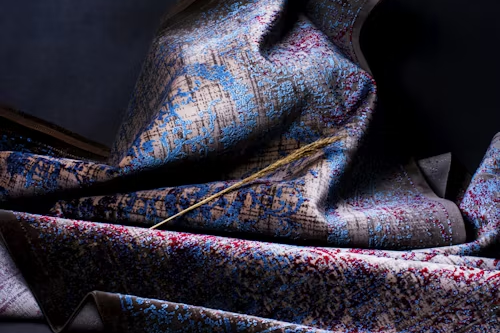
Environmental Protection and Sustainable Development of Silk Fabrics
With the increasing awareness of environmental protection, the production of silk fabrics is gradually moving towards green and sustainable.
Production environment impact
The use of water resources and chemical dyes in traditional sericulture and silk manufacturing processes has a certain impact on the environment. Some manufacturers have reduced pollution emissions by improving their processes.
Organic and environmentally friendly silk
Organic silk is raised using pesticide free mulberry leaves to ensure ecological friendliness; Some silk fabrics use natural dyes and environmentally friendly treatments, which comply with modern environmental standards.
Sustainable fashion trends
Designers and brands actively promote recycling and silk waste regeneration to create environmentally friendly and fashionable products. The sustainable development of silk fabrics in the future will become an important direction for the industry.
The Charm and Future Prospects of Silk Fabrics
Silk fabric, with its unique texture and cultural connotations, has become an irreplaceable classic material in the clothing industry. With the advancement of technology and the integration of environmental protection concepts, silk fabrics are ushering in a more diversified and sustainable development era. Whether it is the inheritance of traditional craftsmanship or the innovation of modern design, silk fabrics will continue to shine on the future fashion stage, accompanying people’s pursuit of elegance and quality in life.


